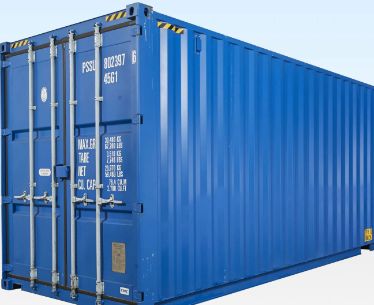Introduction: The intersection of culinary creativity and sustainable design has given rise to a unique trend - container kitchens. Transforming shipping containers into fully functional kitchens, this innovative approach provides chefs and culinary entrepreneurs with a compact and mobile solution. In this article, we explore the creative solutions for container kitchen layouts, highlighting how these spaces go beyond their cargo origins to become hubs of culinary innovation. shipping container kitchen
Section 1: Adapting to Limited Space
- Compact Efficiency: Discussing the inherent challenge of limited space in container kitchens and how chefs can optimize every square inch for maximum efficiency.
- Ergonomic Design: Exploring the importance of ergonomic layouts that enhance workflow, making the most of the available space for cooking, preparation, and cleaning.
Section 2: The Open Kitchen Experience
- Transparent Designs: Embracing the concept of open kitchens, where the cooking process is visible to customers, creating a transparent and engaging culinary experience.
- Counter Seating: Incorporating counter seating or window service to allow customers to interact with chefs and experience the cooking process up close.
Section 3: Zoning for Functionality
- Cooking Zones: Creating distinct cooking zones within the container, each dedicated to specific culinary tasks, such as preparation, cooking, and plating.
- Storage Solutions: Implementing innovative storage solutions to organize ingredients, utensils, and equipment efficiently within the limited space.
Section 4: Customization for Culinary Needs
- Modular Designs: Exploring modular designs that allow chefs to customize the layout based on their specific culinary needs and preferences.
- Multi-Functional Equipment: Investing in multi-functional kitchen equipment that maximizes utility without compromising on quality.
Section 5: Incorporating Technology
- Smart Kitchen Systems: Integrating smart kitchen technologies for inventory management, temperature control, and remote monitoring, enhancing overall kitchen efficiency.
- Point-of-Sale Integration: Exploring how technology can be integrated into the container kitchen layout to streamline order processing and customer interactions.
Section 6: Outdoor Dining Spaces
- Container Extensions: Extending the container kitchen to create outdoor dining spaces, providing customers with a unique and immersive dining experience.
- Portable Seating: Using portable seating solutions that complement the container kitchen's mobility, allowing for flexible outdoor setups.
Section 7: Sustainable Design Elements
- Eco-Friendly Materials: Incorporating sustainable and recycled materials into the container kitchen design, aligning with the overall ethos of repurposing shipping containers.
- Energy-Efficient Appliances: Choosing energy-efficient appliances to reduce the environmental impact of the container kitchen.
Section 8: Case Studies and Success Stories
- Showcasing Examples: Highlighting successful container kitchen layouts from around the world, illustrating the diverse ways chefs and entrepreneurs have embraced creative designs.
- Positive Community Impact: Discussing how these container kitchens contribute to community engagement and the revitalization of urban spaces.
Conclusion: From cargo vessels to culinary hubs, container kitchens exemplify the transformative power of creative design. By adapting to limited space, embracing openness, and incorporating technology, these kitchens not only serve as functional spaces but also as platforms for culinary innovation. As the trend continues to grow, the fusion of cargo and cuisine reshapes our expectations of what a kitchen can be, proving that limited space is no constraint on culinary creativity.
